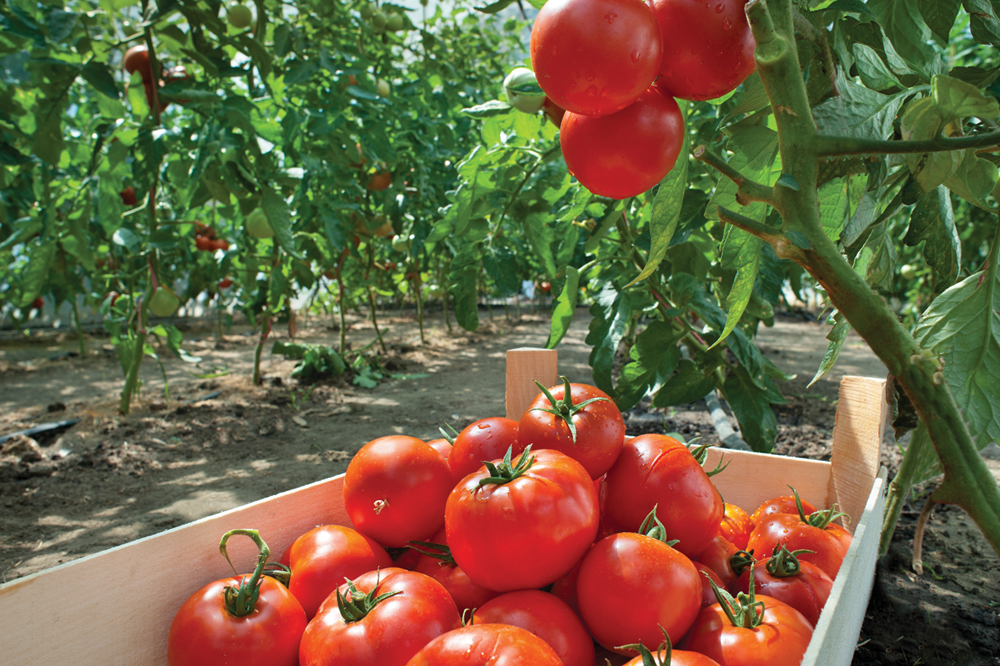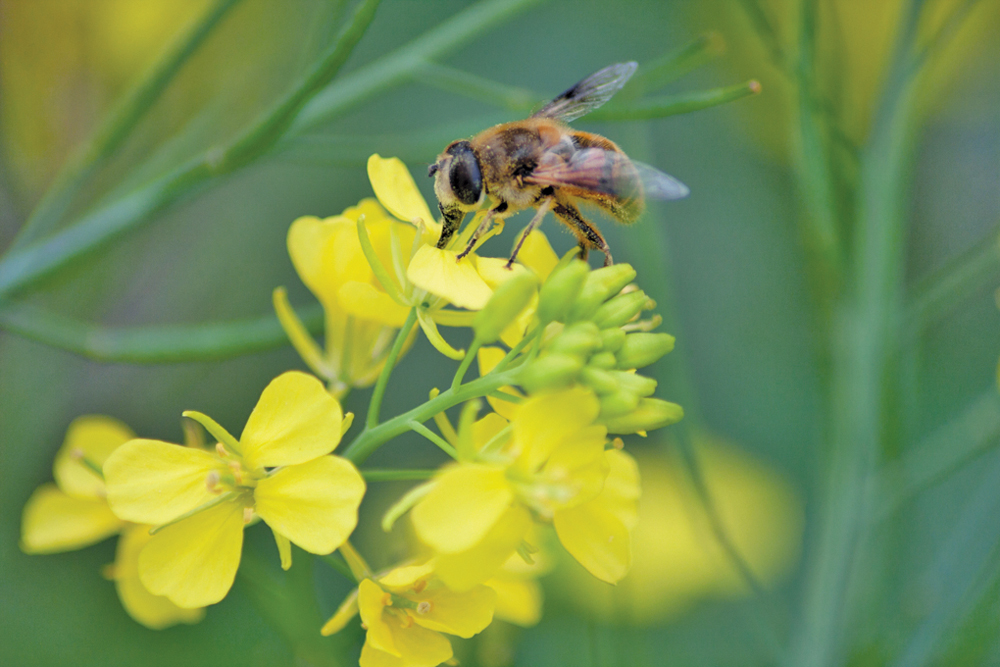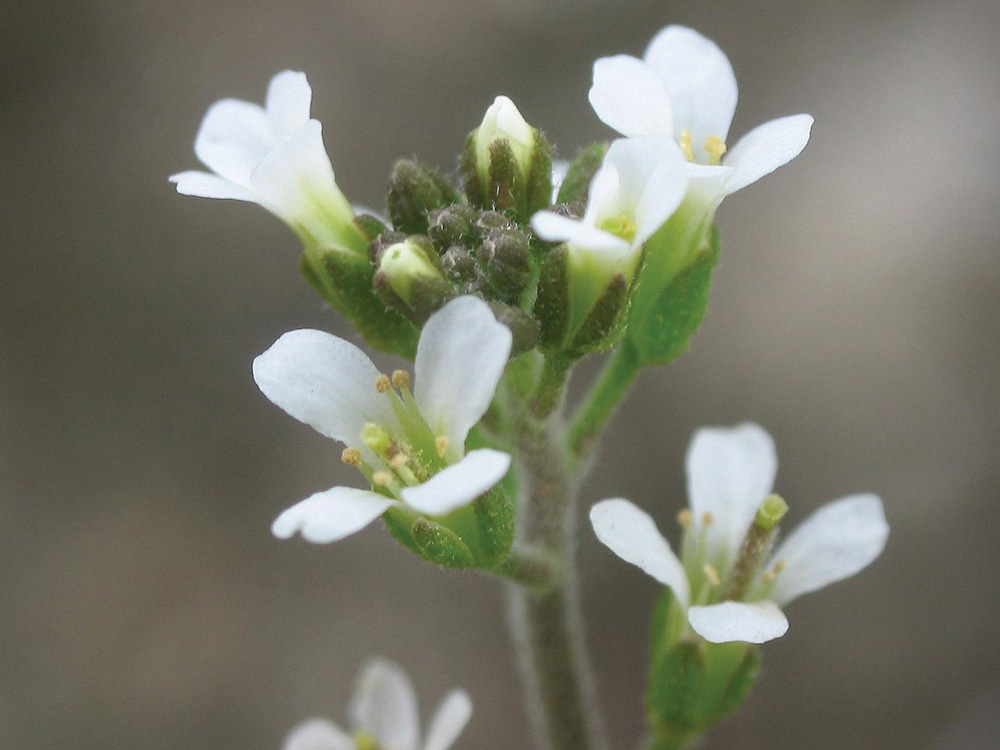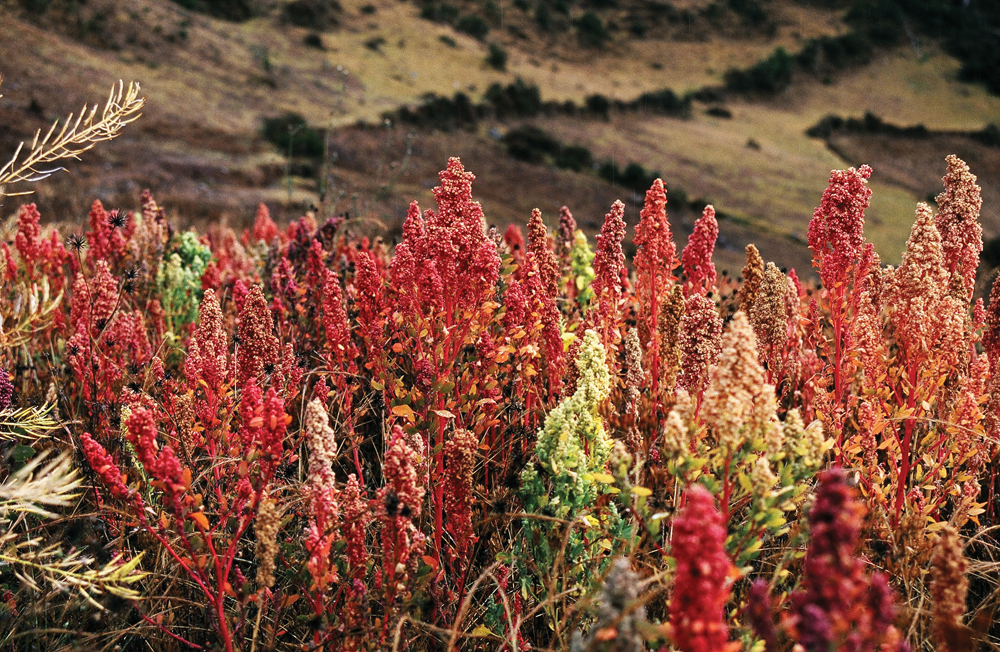The natural ability of plants to fend off pests is falling through the cracks in our modern quest for fruits and vegetables varieties that have larger sizes, better colour and a longer shelf life, researchers with Newcastle University in the U.K. say.
A study published recently in the academic journal Agronomy for Sustainable Development said wild tomatoes are better able to protect themselves against the destructive whitefly than modern, commercial varieties.
Wild tomatoes have a dual line of defence against these voracious pests; an initial mechanism which discourages the whitefly from settling on the plant in the first place and a second line of defence which happens inside the plant where a chemical reaction causes the plant sap to “gum up” blocking the whitefly’s feeding tube.
Read Also

Bt-resistant corn borer concern grows
Glacier FarmMedia – Bt-resistant populations of European corn borer pose a significant risk to Canadian crop producers. With multiple resistance uncovered, it’s…
Thomas McDaniel, the PhD student who led the research, said the findings highlight the natural resistance of wild plant varieties and suggests we need to “breed some of that wildness back in” instead of continuously looking for new methods of pest control.
“By selecting for certain characteristics we have inadvertently lost some really useful ones,” said McDaniel, who is based in the School of Biology at Newcastle University.
“The tomatoes we buy in the supermarket may have a long shelf life and be twice as big as the wild varieties, but the trade-off is an intensive and costly pest control regime — both biological and in the form of chemical pesticides.
“Our research suggests that if we can breed the whitefly-resistant genes back into our commercial varieties, then we can produce a super tomato that not only has all the characteristics that we have selected for but is also naturally resistant to the whitefly.”
Currently, growers use a parasitoid wasp that lays its eggs in the young whitefly, which are then eaten by the hatching larvae. However, for control to be effective, the wasps need to be released on a weekly basis, which is costly and labour intensive.
As a result, most farmers also use chemical pesticides as a second line of defence. This includes the widespread use of the controversial neonicotinoid pesticides.
In the study, funded by the Biotechnology and Biological Sciences Research Council (BBSRC), the team found that when given free choice, the whitefly were 80 per cent more likely to settle and feed on the commercial tomato plants over the wild variety.



















